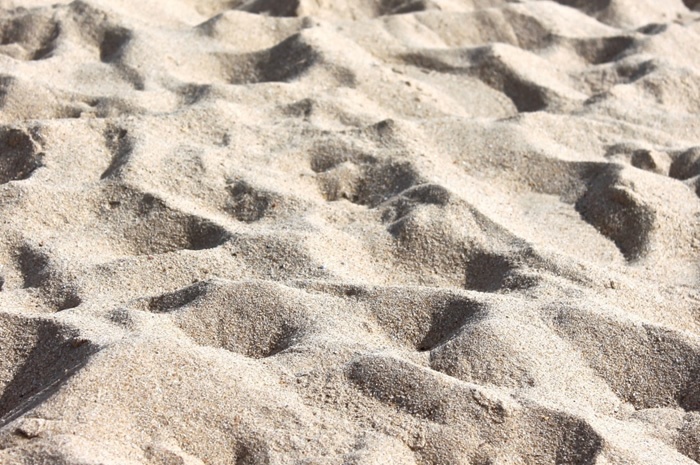Brick pavers can be sealed using different types of paver sealants. However, one such paver sealant that is used is known as sand. Now, when you think of sand, what may come to your mind is the one you used in construction sites or the one that is present at the beach. Well, sand used as a sealant is slightly different due to the functions it needs to perform.
Different types of sands are used, some of which include polymeric sands and joint stabilizing sand. Here is how you should be using sand to seal brick pavers, specifically joint stabilizing sand.

What You’ll Need
- Foaming roller
- Course-bristled broom
- Fine-bristled broom
- High-powered leaf blower
- Safety glasses
- Pump-up weed sprayer
- Squeegee
- Water Hose
Step 1: Use the Foam Roller
A foam roller is your first step in sealing the brick pavers with sand. This device is used when you compact the surface of the pavers before applying any sand into the joints. We’d recommend that you also use a protective pad at the bottom of the compactor. While using this, make sure the surface is free of dirt, dust, stains, water, and efflorescence. That means you would have to clean the brick paver surface before you start the sand sealing process.
Step 2: Spread the Dry Sand on the Brick Paver Surface
You would need to spread dry join stabilizer sand onto the surface of the brick pavers. Then you can use a fine-bristled broom that should be worked slowly into the joints. The sand that you use for this purpose should be finely grained, sharp, and angular. Once the sand is evenly spread into the joints, you will make one pass with the compactor to eliminate any air pockets. By this time, you will begin noticing how the sand has settled into the joints.
Step 3: Apply More Sand to make it 1/8th Inch Thick on the surface
Once you have run the compactor, you need to add more sand until you are sure that it is 1/8th of an inch thick above the brick pavers. After that, you will again use a course-bristle brush followed by a leaf blower to ensure no sand remains on the paper’s surface.
Step 4: Use a Pop-up Weed Sprayer or a Water Sprinkler
Once you have made sure the sand is not visible on the surface anymore, you can use a pop-up weed sprayer or a water sprinkler as a substitute to spray the sealant properly on the joints. After that, you will use a foam roller on rough surfaces at a 45-degree angle and a squeegee on smooth surfaces. You can use a sponge mop to remove the excess sealant.
Wrapping Up
Sand can act as a great barrier to seal your brick pavers but, it alone cannot guarantee long-lasting protection. So if you are looking to get your brick pavers sealed using sand, please reach out to us.


